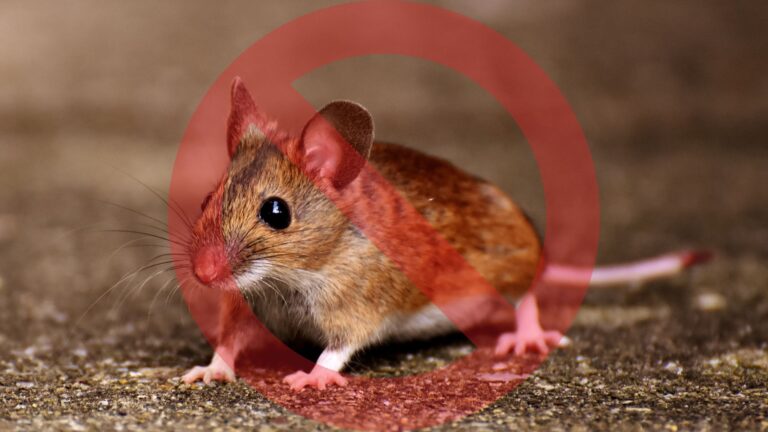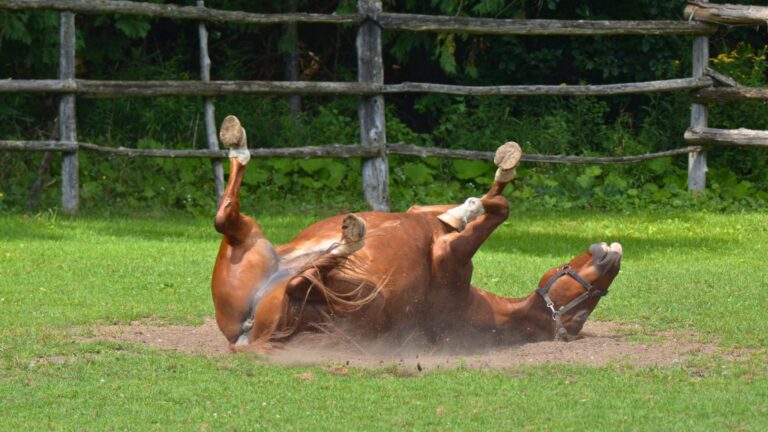15 Ways To Provide Stability For An Emotionally Fragile Cat
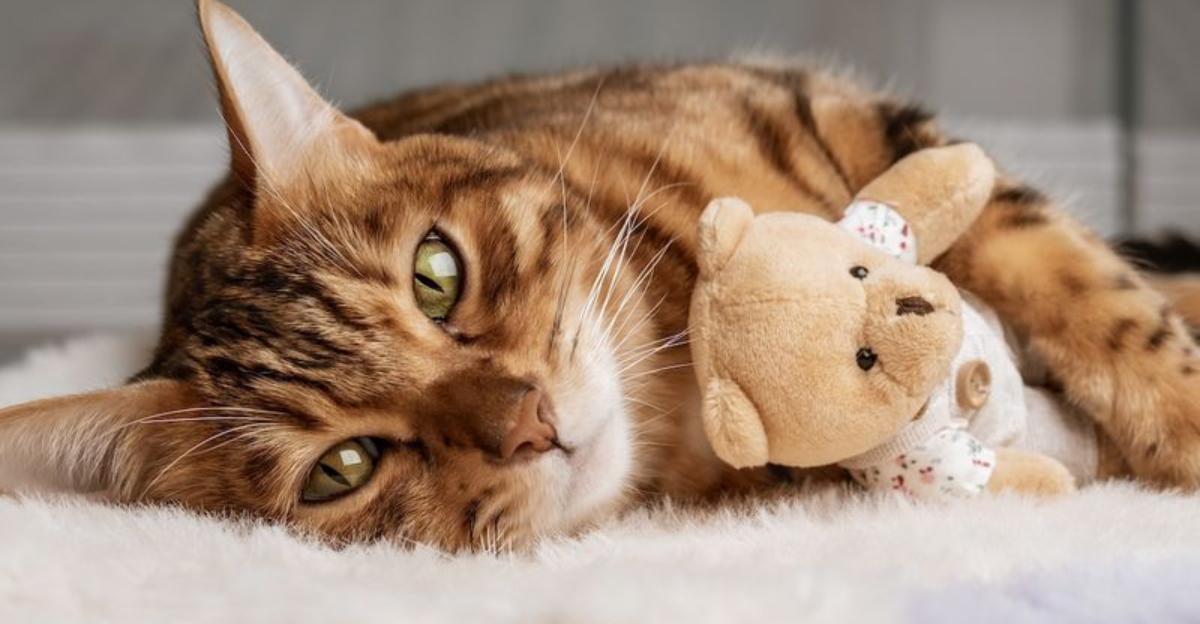
Cats with emotional fragility need special attention to feel safe and secure in their environment. Just like humans, our feline friends can experience anxiety, fear, and stress that affects their overall well-being.
Creating stability for these sensitive souls isn’t just kind – it’s essential for helping them blossom into confident, happy companions.
1. Create A Dedicated Safe Space
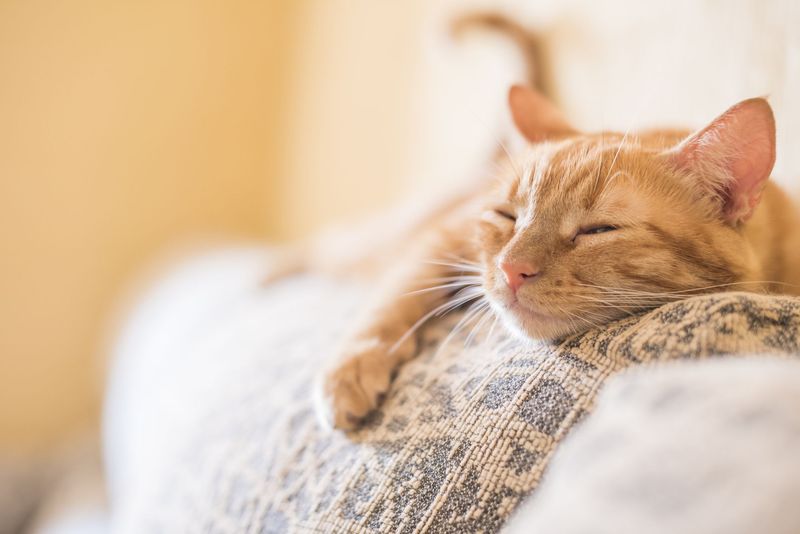
Carving out a quiet corner just for your cat provides an essential retreat when life gets overwhelming. Set up a cozy bed in a low-traffic area where your kitty can escape when feeling anxious.
Add familiar-smelling blankets and perhaps a cardboard box for extra security. This personal sanctuary becomes your cat’s emotional home base—a place they know is always available when the world feels too big.
Remember to respect this space as your cat’s private territory. Teach children and other pets that this zone is off-limits, especially when your sensitive companion has retreated there.
2. Maintain Consistent Daily Routines
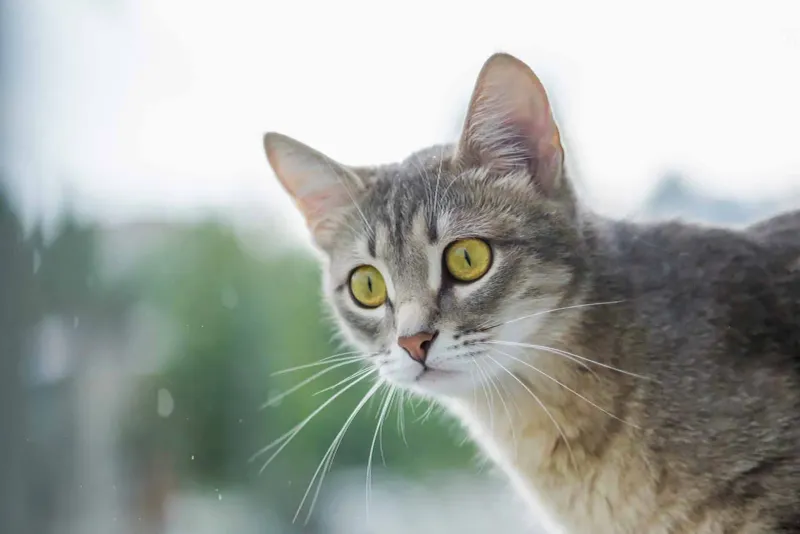
Cats thrive on predictability, especially those with emotional sensitivity. Feed, play, and clean litter boxes at the same times each day to create reliable patterns your cat can anticipate.
When routines must change, introduce modifications gradually. Even small disruptions like moving furniture or changing feeding times can trigger anxiety in fragile felines.
Morning and evening rituals become particularly important anchors in your cat’s day. These consistent touchpoints help your nervous kitty feel that despite life’s chaos, certain comforting events will always happen.
3. Use Calming Pheromone Products
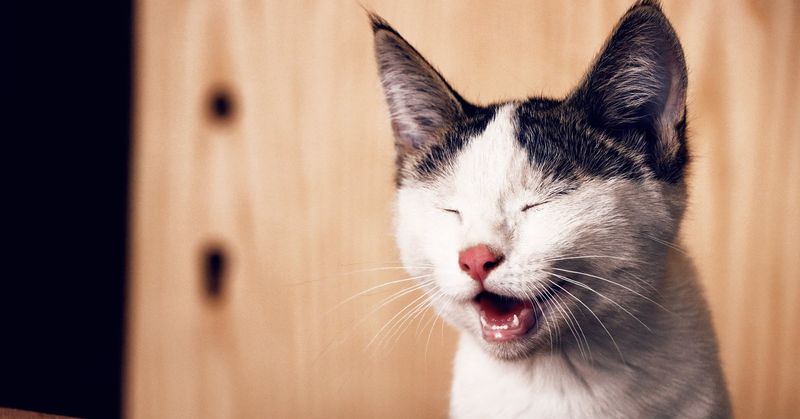
Synthetic feline pheromones mimic the natural comforting chemicals cats release when they feel secure. Diffusers, sprays, and collars containing these compounds can dramatically reduce anxiety throughout your home.
Place diffusers in areas where your cat spends most time. For particularly stressful situations like vet visits, spray carriers with pheromone products 30 minutes before use.
Many cat parents report seeing positive changes within days—less hiding, decreased inappropriate marking, and more social interaction. These products work invisibly to create an atmosphere of security your cat can sense but you cannot.
4. Minimize Environmental Changes
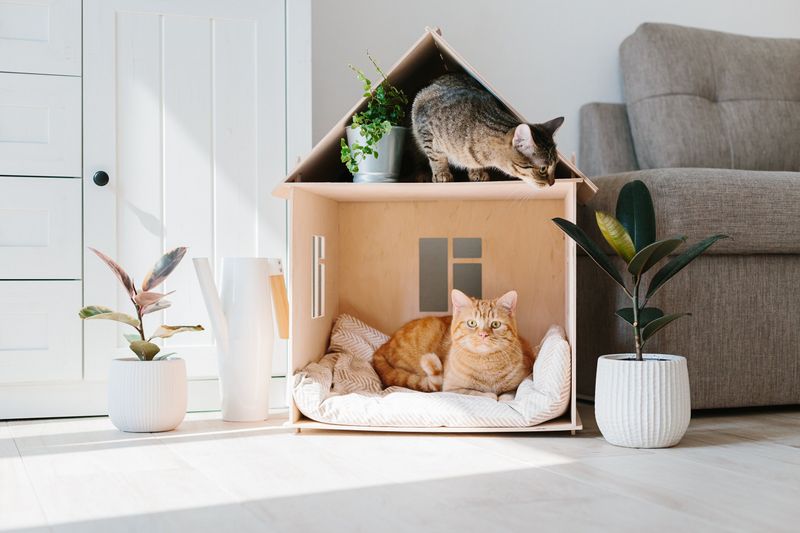
Sudden changes throw emotionally delicate cats into tailspins of anxiety. When redecorating or rearranging furniture becomes necessary, make changes incrementally rather than all at once.
Moving houses represents an enormous challenge for sensitive cats. Prepare a familiar-smelling room at the new location before bringing your cat over, complete with their bedding, toys, and unwashed blankets that carry comforting scents.
Holiday decorations, visiting guests, and new pets should all be introduced with extreme patience. Watch for subtle stress signals like decreased appetite or increased grooming that suggest your cat feels overwhelmed.
5. Practice Gentle Handling Techniques
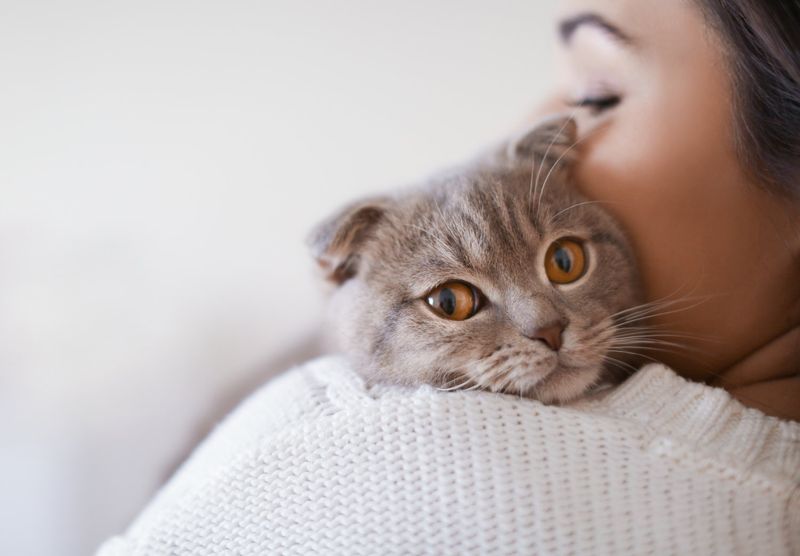
Approaching an emotionally vulnerable cat requires special care. Always move slowly, speak softly, and avoid direct staring which cats interpret as threatening.
Allow your cat to initiate physical contact whenever possible. When picking up is necessary, support all four paws and hold them close to your body rather than dangling.
Respect body language cues signaling discomfort: flattened ears, tail twitching, or dilated pupils mean your cat needs space immediately. Building trust through respectful handling creates a foundation for your cat’s emotional security.
6. Provide Elevated Perches
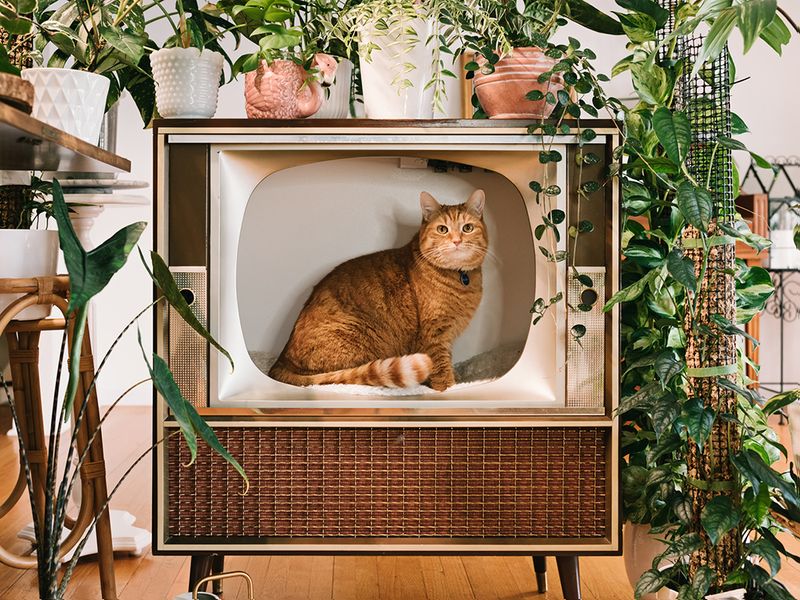
Height equals safety in the feline world. Cat trees, window perches, and shelves create vertical territory where your anxious kitty can survey surroundings from a secure vantage point.
Strategic placement matters tremendously. Position climbing structures where your cat can observe household activities without feeling trapped or cornered.
Multiple escape routes from each perch help prevent territorial conflicts in multi-cat households. Your emotionally sensitive cat will feel empowered when able to climb away from stressors, transforming from a nervous floor-dweller to a confident overseer of their domain.
7. Engage In Regular Interactive Play
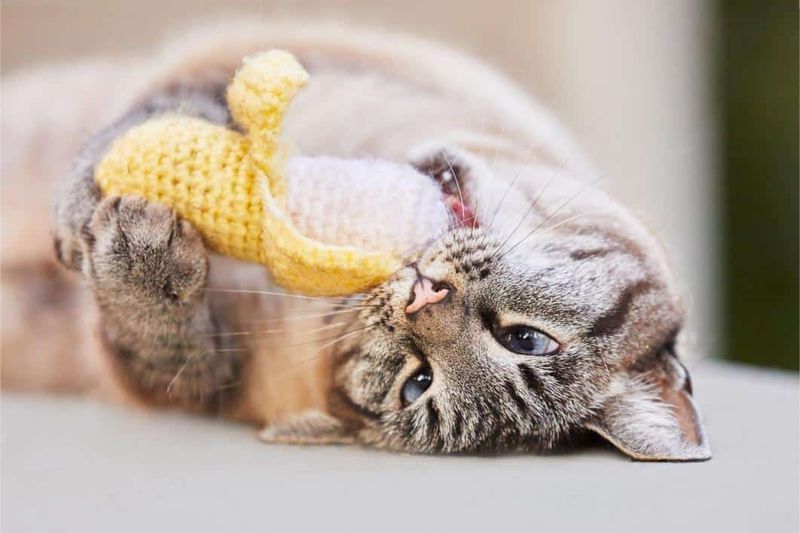
Structured play sessions release pent-up energy and anxiety while strengthening your bond. Wand toys with feathers or ribbons let your cat exercise hunting instincts from a comfortable distance without feeling pressured by close human contact.
Keep sessions short but frequent—five minutes several times daily works better than one long session for emotionally sensitive cats. End each play period with a small treat to create positive associations.
Morning play helps burn energy that might otherwise manifest as anxiety throughout the day. Evening sessions satisfy natural hunting urges before bedtime, promoting deeper sleep and fewer nighttime disturbances.
8. Consider Calming Music Or White Noise

Specially composed feline-specific music with tempos matching purring rhythms can soothe anxious cats. Classical music also works well—studies show cats particularly respond to harp and string compositions.
White noise machines mask startling household or outdoor sounds that might trigger anxiety. Running a fan or air purifier creates consistent background noise that blocks unpredictable disturbances.
During thunderstorms or fireworks, increase volume slightly on calming audio. Creating a soundscape bubble protects your emotionally fragile feline from jarring noises, allowing them to relax despite environmental stressors.
9. Establish Slow Introductions To New People
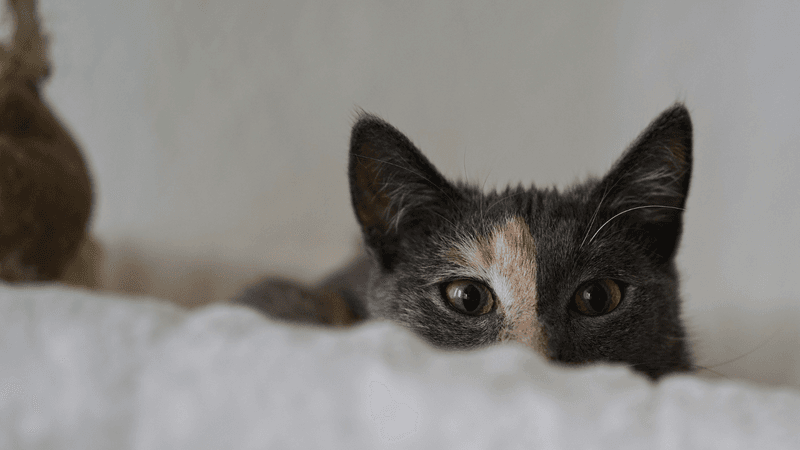
Visitors represent significant stress for emotionally fragile cats. Brief newcomers on your cat’s sensitivity before they arrive and ask them to ignore your cat initially—direct attention feels threatening to nervous felines.
Have guests sit quietly, avoiding eye contact while occasionally tossing treats toward your hiding cat. This creates positive associations without pressure to interact.
Some particularly sensitive cats may need weeks or even months to warm up to regular visitors. Patience transforms what could be traumatic into manageable experiences, gradually building your cat’s social confidence.
10. Try Anxiety-Reducing Wearables
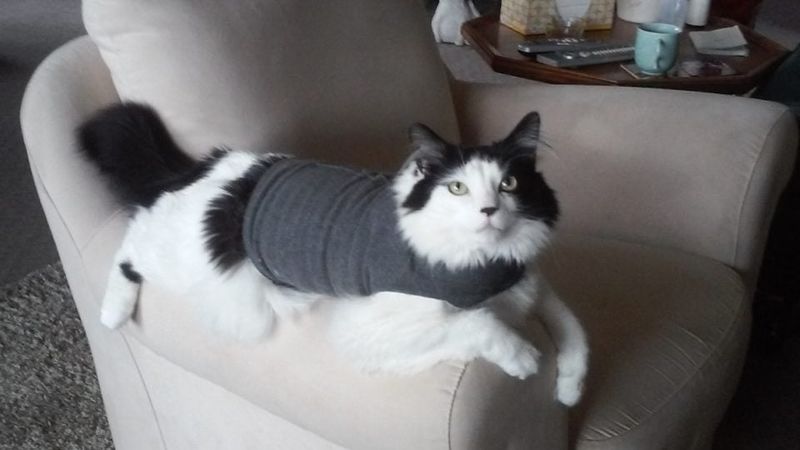
Snug-fitting compression shirts apply gentle, constant pressure that calms nervous system responses in anxious cats. These garments work similarly to weighted blankets for humans, creating a sensation of being gently held.
Start with short wearing periods, gradually increasing duration as your cat becomes comfortable. Most cats adapt within a week, though some may never tolerate wearables.
Reserve these tools for particularly stressful situations rather than everyday use. Thunderstorms, fireworks, vet visits, or travel represent perfect opportunities to provide this extra layer of security for your emotionally vulnerable companion.
11. Create Scent Continuity
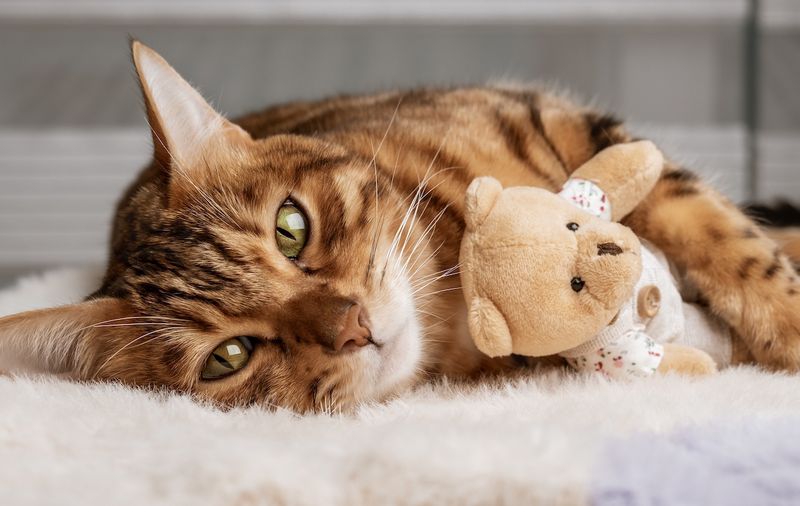
Familiar smells provide powerful security for cats. Before introducing new items to your home, rub them with a cloth that’s been wiped on your cat’s cheeks to transfer their scent markers.
When washing bedding, leave one piece unwashed to maintain scent continuity. This prevents the jarring experience of returning to a sleeping spot that suddenly smells unfamiliar.
For vet visits, bring bedding from home to place in carriers and exam rooms. Surrounding your cat with their own scent creates an invisible bubble of familiarity that helps manage stress in strange environments.
12. Implement Reward-Based Training

Clicker training builds confidence in emotionally fragile cats by creating clear communication patterns. Start with simple behaviors your cat already performs naturally, clicking and treating immediately afterward.
High-value treats make learning enjoyable rather than stressful. Tiny bits of chicken, tuna, or commercial cat treats designed specifically for training work exceptionally well.
Keep sessions under three minutes to prevent frustration. Mastering even small tasks gives anxious cats a sense of accomplishment and control over their environment, gradually strengthening their emotional resilience.
13. Consider Appropriate Supplements
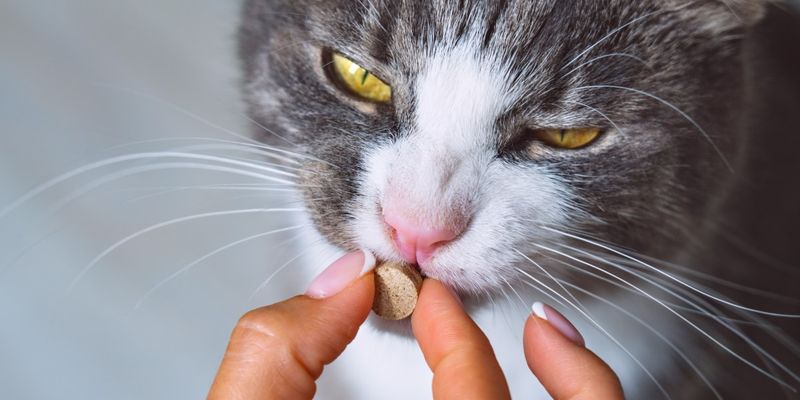
Natural supplements like L-theanine, tryptophan, and milk protein hydrolysate have shown promise for reducing feline anxiety. These compounds support brain chemistry that promotes relaxation without sedation.
Always consult your veterinarian before starting any supplement regimen. What works wonderfully for one cat might prove ineffective or even problematic for another, depending on their specific health profile.
Chewable treats containing calming ingredients offer an easy delivery method. Consistent daily administration typically produces better results than occasional use during acute stress episodes.
14. Provide Multiple Resource Stations
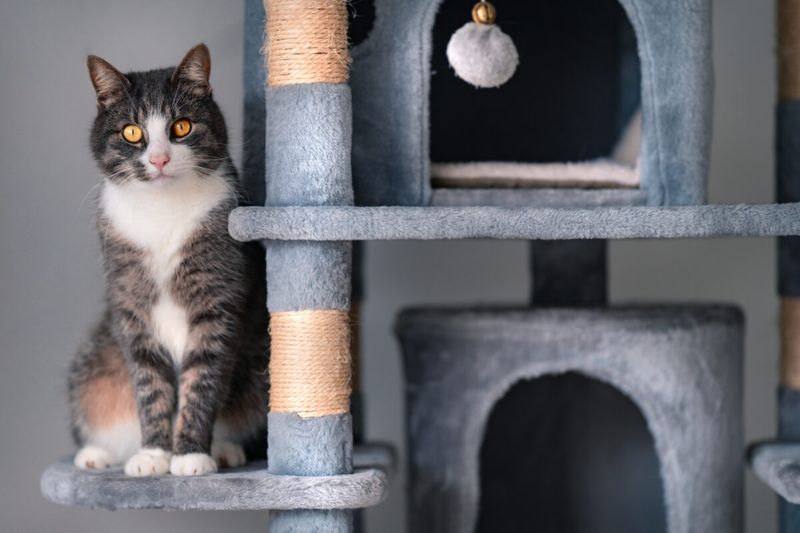
Competition for resources triggers anxiety even in single-cat homes. Place multiple feeding stations, water bowls, litter boxes, and resting areas throughout your living space.
The classic formula suggests one litter box per cat plus one extra, positioned in different locations. This prevents your emotionally fragile cat from feeling trapped or ambushed when using essential resources.
Food and water stations should be separated from litter boxes. Many cats experience stress when forced to eliminate near feeding areas—a natural instinct to avoid contamination that can trigger anxiety when ignored.
15. Work With A Feline Behaviorist
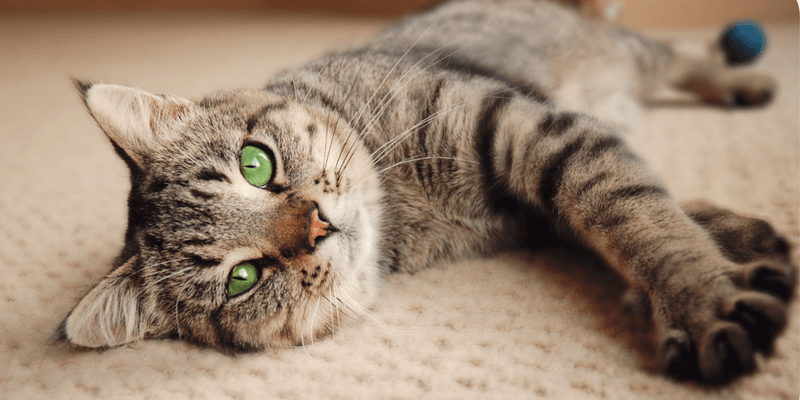
Professional behaviorists develop personalized strategies for particularly challenging cases of emotional fragility. They identify subtle triggers you might miss and create structured behavior modification plans.
Look for certified professionals with specific feline expertise rather than general pet trainers. The right specialist understands the unique psychology of cats and how it differs from dogs.
Many behaviorists now offer virtual consultations, making expert help accessible regardless of location. Early intervention with professional guidance often prevents emotional challenges from becoming entrenched patterns that diminish your cat’s quality of life.



